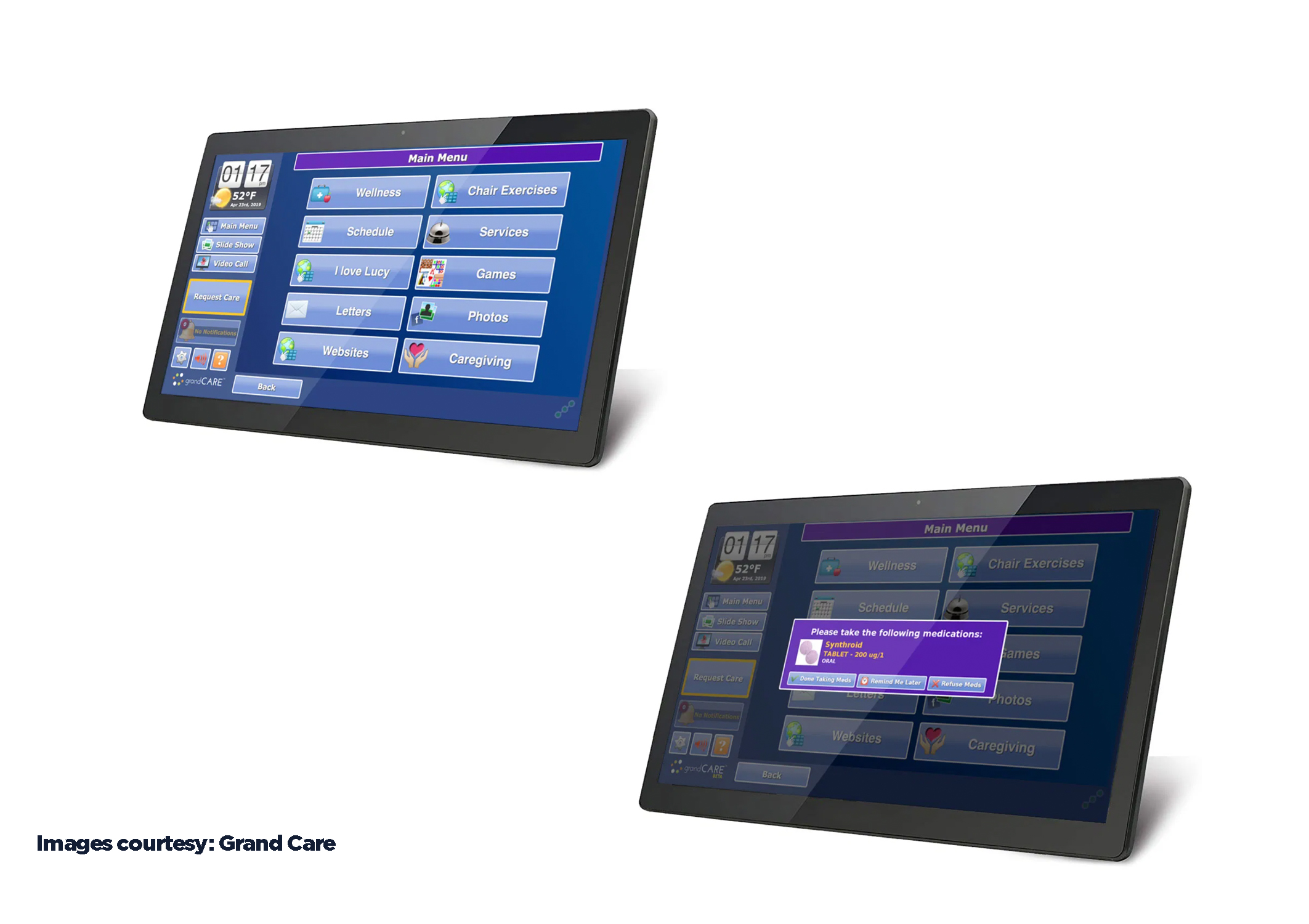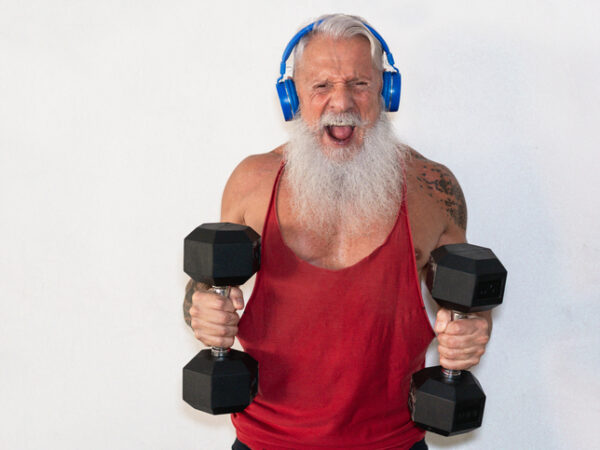Although COVID-19 restrictions are gradually lifting in communities worldwide, people with underlying health conditions and seniors over the age of 65 are urged to continue to practice social distancing, leaving many older adults alone until family members can be tested and a vaccine developed. Thanks to video-chat technology developed for use by seniors, families can stay in touch and check in to make sure older adults are doing well, taking their medications and following their usual daily schedule.
A phone call on Sunday afternoon may be a nice way to say hello, but families won’t get the whole picture by a voice chat alone. Visual clues can help loved-ones catch changes in habits that could indicate a health problem; if mom usually gets up and is showered and dressed by 8am but is still in her dressing gown at 10a.m., something may be amiss. With motion sensors, even without a call, family can be alerted if regular activity isn’t being detected.
Integrated technology like Grand Care Systems combines social connectivity with activity monitoring, telehealth sensors, medication and schedule reminders and video healthcare appointments. As reported recently in the New York Times, systems that use tools like a pulse oximeter or a Bluetooth scale can catch early warning signs and keep older adults safe at home while helping to avoid a trip to the doctor or emergency room.
A whole-house monitoring system may be more than some older adults need (or want) in their home to remain safe and well. A medication management system or medical alert device may be all that’s required to assist with prescription medication adherence or sending help in the case of a fall. For older adults with a specific health concern like diabetes or heart disease, monitoring vital signs like body temperature, pulse rate, respiration rate or blood pressure can help health care providers stay a step ahead of a serious problem.
Technology can be frustrating to adapt to and learn; it’s important to work in cooperation with seniors to introduce new devices. With a little research, loved ones can help find the best technology developed with older adults in mind. It’s most important to make sure devices and services come with support to troubleshoot any issues.
Need an idea for Father’s Day? How about an Alexa-enabled device for video chats with family or voice-activated tasks. A smart speaker can help seniors with vision impairment call friends or family members, listen to music, get weather updates or read an audiobook. Combined with smart-home devices, lights can be turned on in dark hallways with just a voice command and the thermostat can be adjusted without getting up out of bed a night, helping to prevent falls.






Add Your Voice
0 Comments
Join the Discussion